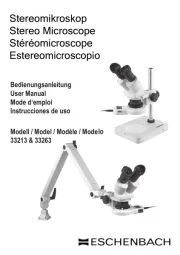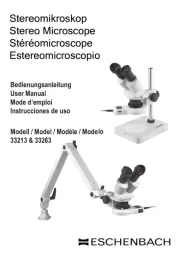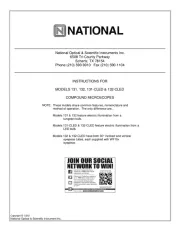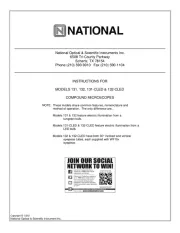Swift M3603C-USB Manual
Læs gratis den danske manual til Swift M3603C-USB (10 sider) i kategorien Mikroskop. Denne vejledning er vurderet som hjælpsom af 30 personer og har en gennemsnitlig bedømmelse på 4.6 stjerner ud af 15.5 anmeldelser.
Har du et spørgsmål om Swift M3603C-USB, eller vil du spørge andre brugere om produktet?

Produkt Specifikationer
| Mærke: | Swift |
| Kategori: | Mikroskop |
| Model: | M3603C-USB |
Har du brug for hjælp?
Hvis du har brug for hjælp til Swift M3603C-USB stil et spørgsmål nedenfor, og andre brugere vil svare dig
Mikroskop Swift Manualer
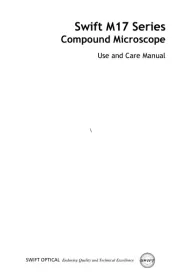
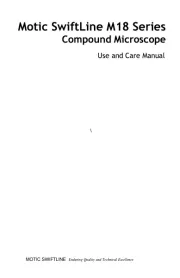
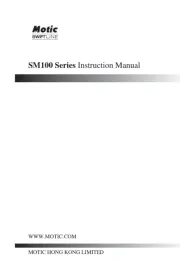
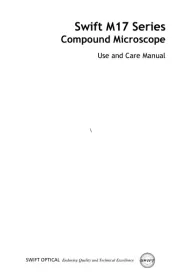






Mikroskop Manualer
- Eschenbach
- Leica
- MAGUS
- Barska
- König
- PCE Instruments
- Nikon
- Levenhuk
- Toolcraft
- Traveler
- Ideal Tek
- Dnt
- Maginon
- BeaverLab
- Bresser
Nyeste Mikroskop Manualer



